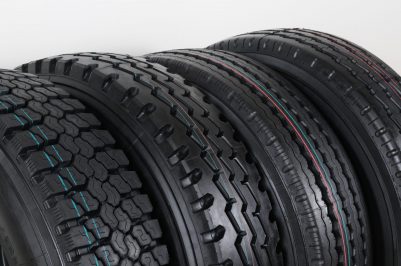- May 16, 2021
- By Auto Repair Shop Fraser 48026
- In Tires
- Tags auto shop fraser mi, buying tires, replacing tires
- 630
- 0

Avoid Spending Too Little on Tires
Cheap and poorly designed tires can mean more unwanted stopping and lesser control in an emergency maneuver. Pick tires that come with an A or AA rating.
Don’t Spend Excessively on Tires
As with most other things, a branded tire costs more. Well-known brands provide high-quality products, but some less well-known manufacturers also offer amazing products at lower rates. Recommendations from reliable tire dealers or going through reviews on reputed tire sites is a good way of finding top-notch tires.
Don’t pick Original Equipment Always
Original Equipment Manufacturer (OEM) tires are the ones fitted at the vehicle factory. However, buying the same type of tire is not necessarily the right choice. Manufacturers choose tires that will provide consistent performance in all types of weather conditions. As consumers, you can try shopping around specific to your location’s weather type.
Do Not Ignore Tires When They Are New
Tires need maintenance. Tires can lose 1 psi of pressure every month and 1 psi for every 10-degree drop in the temperature. In about five to six months, tires can lose up to 20% of inflation pressure. Underinflated tires are more likely to suffer blowouts. You need to keep a check on the inflation pressures and examine the tires every month.
Choose the Right Dealer
A full-service tire dealer will have samples from a range of brands and will be familiar with tires needed for road conditions and local weather. Tell your dealer about the kind of driving you do and seek recommendations. If you are comfortable with online shopping for tires, you can visit some reputed tire sites to find a tire that suits your needs.
Keep Realistic Expectations
Tires are a trade-off. Performance tires may wear out relatively faster while tires that offer a more comfortable and consistent ride may be less agile. Discuss possible trade-offs of new tires with your tire dealer beforehand.
Buy Two Sets of Tires
Most vehicles are equipped with all-season tires. Now let’s imagine that you are using one pair of shoes for hiking, ballet dancing, and your morning walk and you will understand the inherent problem with these all-season tires. If you are currently located in an area where it snows heavily, buy a set of proper winter or snow tires for winter.
All-season tires can handle all weather conditions but are not made for a specific weather type. Snow tires are designed to keep the vehicle going when the temperature is low and roads are covered in ice. You can keep these for winter and have a set of summer tires for a more comfortable ride and improved rain performance.
Replace All Four Tires at Once
Replace all four tires at once. Only if you have to replace them in pairs, place the new tires on the back. This will help the car retain both predictability and stability. Rotating your car’s tires between every 5,000 and 7,000 miles will make them more likely to wear at the same rate. So, all four tires will be ready to be replaced at the same time.



